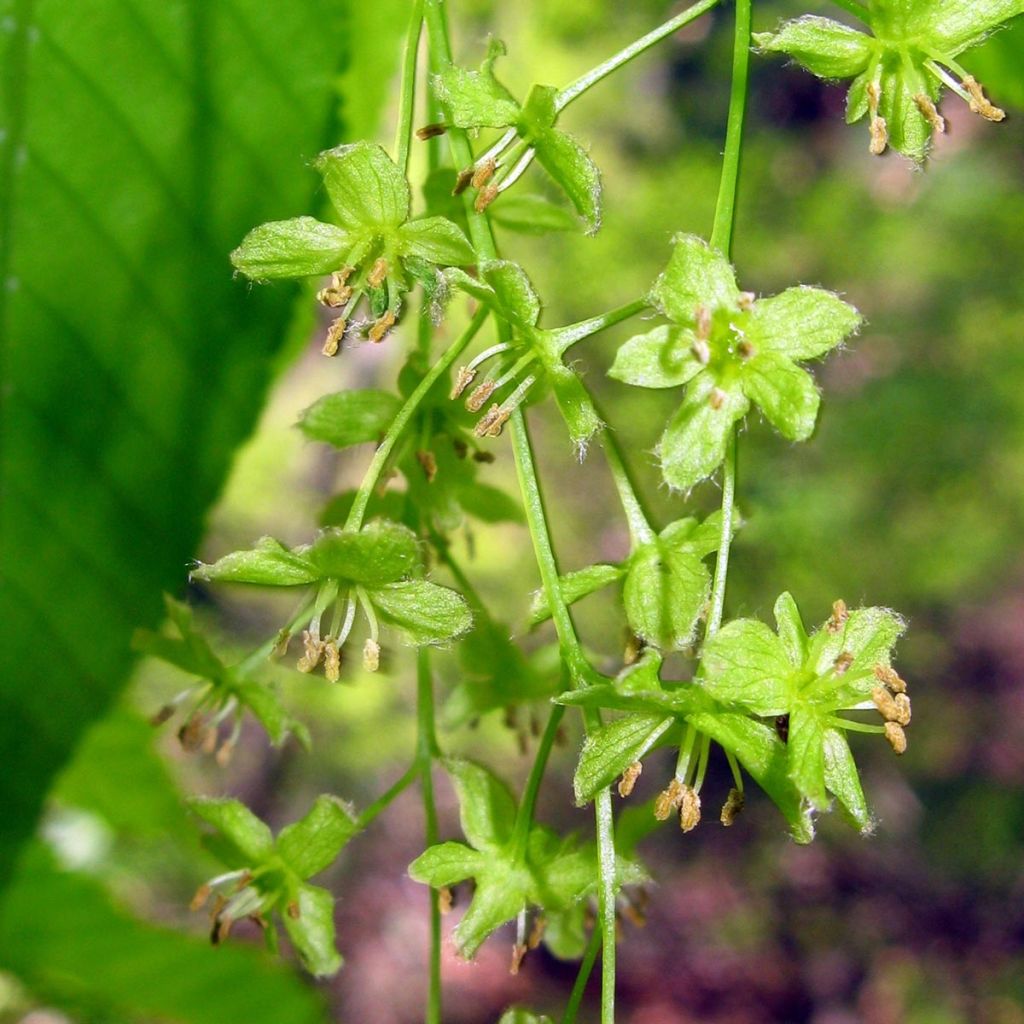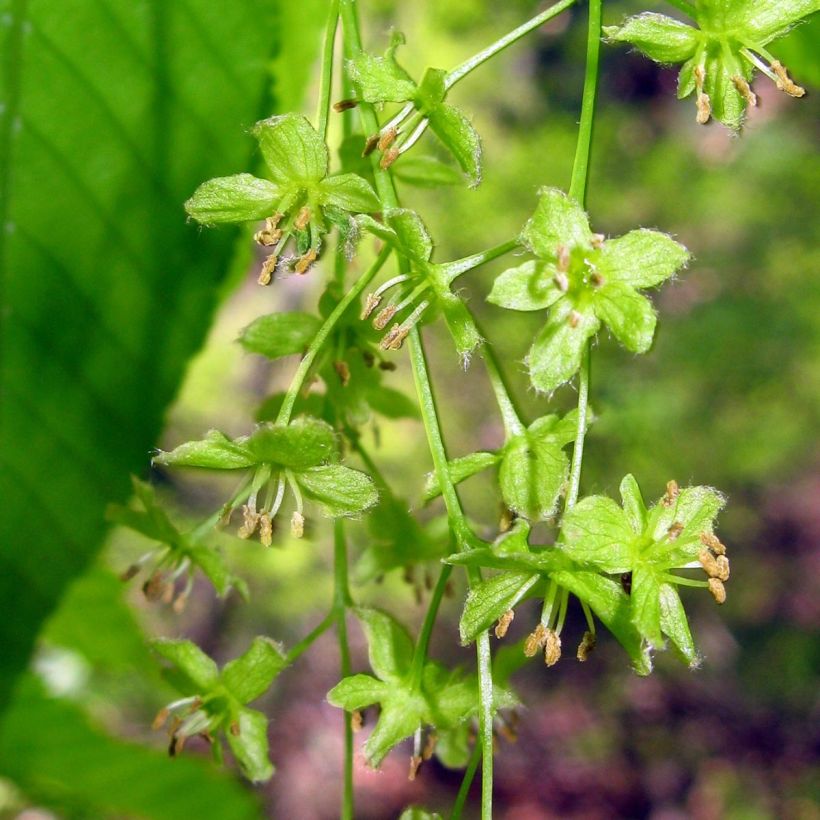

Acer carpinifolium - Maple


Acer carpinifolium - Maple


Acer carpinifolium - Maple


Acer carpinifolium - Maple
Acer carpinifolium - Maple
Acer carpinifolium
Hornbeam maple
Special offer!
Receive a €20 voucher for any order over €90 (excluding delivery costs, credit notes, and plastic-free options)!
1- Add your favorite plants to your cart.
2- Once you have reached €90, confirm your order (you can even choose the delivery date!).
3- As soon as your order is shipped, you will receive an email containing your voucher code, valid for 3 months (90 days).
Your voucher is unique and can only be used once, for any order with a minimum value of €20, excluding delivery costs.
Can be combined with other current offers, non-divisible and non-refundable.
Home or relay delivery (depending on size and destination)
Schedule delivery date,
and select date in basket
This plant carries a 24 months recovery warranty
More information
We guarantee the quality of our plants for a full growing cycle, and will replace at our expense any plant that fails to recover under normal climatic and planting conditions.
Would this plant suit my garden?
Set up your Plantfit profile →
Description
Acer carpinifolium is a Japanese species whose foliage closely resembles that of the hornbeam. It forms a large bush or small tree with a fairly short trunk, densely branched, giving it a rounded fan-shaped silhouette. It is particularly decorative when isolated. Its beautiful lanceolate light green then dark green foliage, is toothed and strongly pleated. It takes on shades of golden yellow and light coppery red while remaining attached to the tree until spring! Its modest growth allows it to be used to enhance small spaces. Perfectly hardy and low maintenance, it thrives in full sun or partial shade, in cool, rich, and well-drained soil.
Native to Japan, Acer carpinifolium is a tall shrub or small tree that grows in cool forests and woodland edges up to high mountains. The hornbeam-leaved maple belongs to the Sapindaceae family. It is extremely hardy but dislikes excessively dry and chalky soils.
Slow-growing, Acer carpinifolium takes on an elegant fan-shaped habit over time, reaching about 7 m (23 ft) in height and 3.5 m (11.5 ft) in spread. This small tree has dark grey-brown bark on young branches and develops dense marcescent foliage that is almost identical to that of the hornbeam. Carried on short petioles, its small oblong to lanceolate leaves are strongly pleated along the veins and have toothed margins. Tender green in spring, they darken in summer. In autumn, multiple colours are present simultaneously on the foliage: golden yellow, light coppery red. Marcescent, its autumn foliage remains attached to the tree for a long time and will only fall when the new leaf buds emerge. The insignificant but charming flowering takes place in April-May. The greenish yellow flowers are grouped in short, pendulous clusters and sometimes produce winged fruits, called samaras, 3 cm (1.2 in) long. It is a very robust small tree that mainly fears dry soils.
The compact, charming, and architectural hornbeam-leaved maple deserves a prominent place at the entrance of the garden, along a path, or at the edge of a terrace. It fits very well in small gardens with a country or cottage style, or even in contemporary gardens requiring little care. To accompany it, one can choose from other ericaceous shrubs such as Japanese maples, perennials like ferns, azaleas, heathers, or dark-leaved heucheras.
Tips: The resemblance between Acer carpinifolium when young and common hornbeam (Carpinus betulus) is such that it is very difficult for a non-expert to recognise them. To distinguish the two species, simply observe the arrangement of their leaves on the branches. On Acer carpinifolium, the leaves are arranged in an opposite manner, while on the common hornbeam, they are alternate.
Acer carpinifolium - Maple in pictures








Plant habit
Flowering
Foliage
Botanical data
Acer
carpinifolium
Aceraceae
Hornbeam maple
East Asia
Other Acer - Maple tree
View all →Planting and care
Plant in spring or autumn in any good moist but well-drained garden soil. It also tolerates acidic soils and heavier, clayey soils if there is no water shortage. Choose a sunny or partially shaded position and avoid overly dry environments. The soil should be kept moist by mulching in summer, if necessary, but should not be waterlogged in winter. Apply a significant amount of organic matter every 3 years to ensure a good humus content in the soil. Mist the foliage on hot evenings.
Planting period
Intended location
Care
Planting & care advice
This item has not been reviewed yet - be the first to leave a review about it.
Haven't found what you were looking for?
Hardiness is the lowest winter temperature a plant can endure without suffering serious damage or even dying. However, hardiness is affected by location (a sheltered area, such as a patio), protection (winter cover) and soil type (hardiness is improved by well-drained soil).

Photo Sharing Terms & Conditions
In order to encourage gardeners to interact and share their experiences, Promesse de fleurs offers various media enabling content to be uploaded onto its Site - in particular via the ‘Photo sharing’ module.
The User agrees to refrain from:
- Posting any content that is illegal, prejudicial, insulting, racist, inciteful to hatred, revisionist, contrary to public decency, that infringes on privacy or on the privacy rights of third parties, in particular the publicity rights of persons and goods, intellectual property rights, or the right to privacy.
- Submitting content on behalf of a third party;
- Impersonate the identity of a third party and/or publish any personal information about a third party;
In general, the User undertakes to refrain from any unethical behaviour.
All Content (in particular text, comments, files, images, photos, videos, creative works, etc.), which may be subject to property or intellectual property rights, image or other private rights, shall remain the property of the User, subject to the limited rights granted by the terms of the licence granted by Promesse de fleurs as stated below. Users are at liberty to publish or not to publish such Content on the Site, notably via the ‘Photo Sharing’ facility, and accept that this Content shall be made public and freely accessible, notably on the Internet.
Users further acknowledge, undertake to have ,and guarantee that they hold all necessary rights and permissions to publish such material on the Site, in particular with regard to the legislation in force pertaining to any privacy, property, intellectual property, image, or contractual rights, or rights of any other nature. By publishing such Content on the Site, Users acknowledge accepting full liability as publishers of the Content within the meaning of the law, and grant Promesse de fleurs, free of charge, an inclusive, worldwide licence for the said Content for the entire duration of its publication, including all reproduction, representation, up/downloading, displaying, performing, transmission, and storage rights.
Users also grant permission for their name to be linked to the Content and accept that this link may not always be made available.
By engaging in posting material, Users consent to their Content becoming automatically accessible on the Internet, in particular on other sites and/or blogs and/or web pages of the Promesse de fleurs site, including in particular social pages and the Promesse de fleurs catalogue.
Users may secure the removal of entrusted content free of charge by issuing a simple request via our contact form.
The flowering period indicated on our website applies to countries and regions located in USDA zone 8 (France, the United Kingdom, Ireland, the Netherlands, etc.)
It will vary according to where you live:
- In zones 9 to 10 (Italy, Spain, Greece, etc.), flowering will occur about 2 to 4 weeks earlier.
- In zones 6 to 7 (Germany, Poland, Slovenia, and lower mountainous regions), flowering will be delayed by 2 to 3 weeks.
- In zone 5 (Central Europe, Scandinavia), blooming will be delayed by 3 to 5 weeks.
In temperate climates, pruning of spring-flowering shrubs (forsythia, spireas, etc.) should be done just after flowering.
Pruning of summer-flowering shrubs (Indian Lilac, Perovskia, etc.) can be done in winter or spring.
In cold regions as well as with frost-sensitive plants, avoid pruning too early when severe frosts may still occur.
The planting period indicated on our website applies to countries and regions located in USDA zone 8 (France, United Kingdom, Ireland, Netherlands).
It will vary according to where you live:
- In Mediterranean zones (Marseille, Madrid, Milan, etc.), autumn and winter are the best planting periods.
- In continental zones (Strasbourg, Munich, Vienna, etc.), delay planting by 2 to 3 weeks in spring and bring it forward by 2 to 4 weeks in autumn.
- In mountainous regions (the Alps, Pyrenees, Carpathians, etc.), it is best to plant in late spring (May-June) or late summer (August-September).
The harvesting period indicated on our website applies to countries and regions in USDA zone 8 (France, England, Ireland, the Netherlands).
In colder areas (Scandinavia, Poland, Austria...) fruit and vegetable harvests are likely to be delayed by 3-4 weeks.
In warmer areas (Italy, Spain, Greece, etc.), harvesting will probably take place earlier, depending on weather conditions.
The sowing periods indicated on our website apply to countries and regions within USDA Zone 8 (France, UK, Ireland, Netherlands).
In colder areas (Scandinavia, Poland, Austria...), delay any outdoor sowing by 3-4 weeks, or sow under glass.
In warmer climes (Italy, Spain, Greece, etc.), bring outdoor sowing forward by a few weeks.



















































